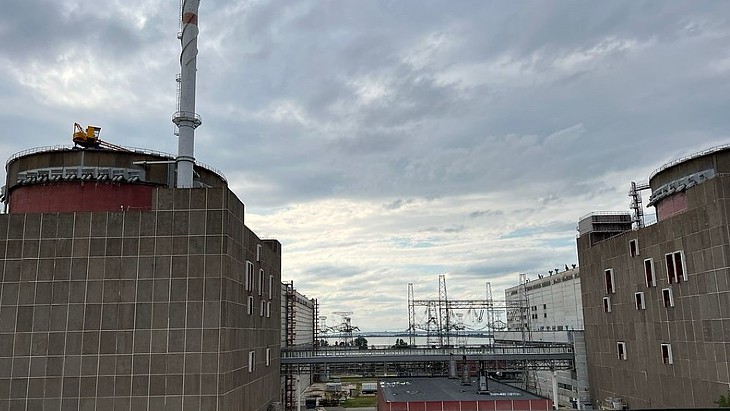The six-unit Zaporizhzhia plant - which has been under Russian military control since early March 2022 - has not supplied electricity to the grid since September 2022. Since April, it has kept five reactors in cold shutdown and just one - currently unit 4 - in hot shutdown to generate steam to process liquid radioactive waste and to heat water for Energodar, where most plant staff live.
Ahead of the upcoming winter season, the plant started transferring unit 5 to hot shutdown last week after carrying out safety maintenance and testing at the unit.
The IAEA said it was told that a decision regarding how long unit 5 will remain in hot shutdown would be made once Energodar's heating systems have stabilised after the beginning of the heating season, which starts in the coming days. It has also been informed that there are no plans to transfer additional units to hot shutdown.
The IAEA has strongly encouraged the plant to find an alternative, external source of steam generation to cover its needs and allow for all the reactors to be maintained in a cold shutdown state, in part because the destruction of the Kakhovka dam four months ago limited the site's supplies of cooling water.
The IAEA experts at the site had earlier been informed that the plant has initiated a process to buy an external steam generator by sending technical requirements to possible vendors. However, the installation of this equipment is not expected until early 2024, possibly not until after the end of the heating season.
The State Nuclear Regulatory Inspectorate of Ukraine issued regulatory orders in June for all six units to be placed in cold shutdown, given its situation on the frontline of the war, and the breaching of the dam that had helped ensure plentiful cooling water supplies.





_18570.jpg)
_16159.jpg)
_18938.jpg)
_33584.jpg)





